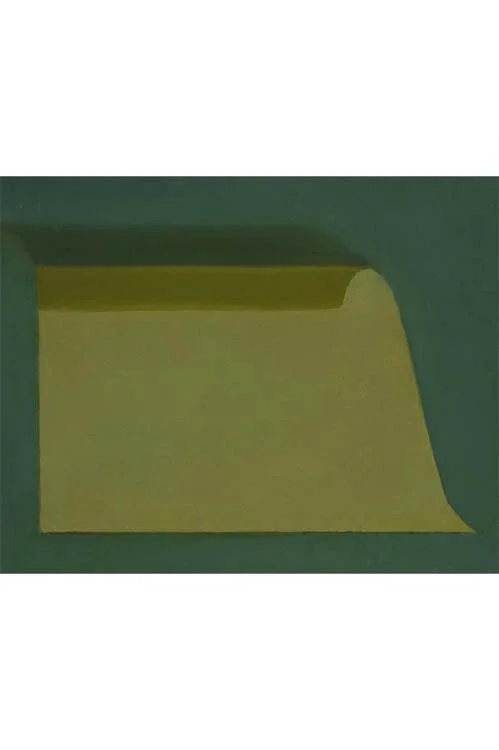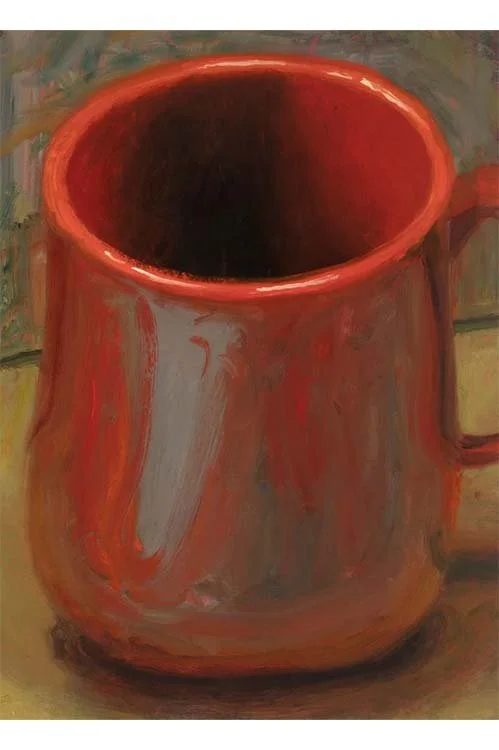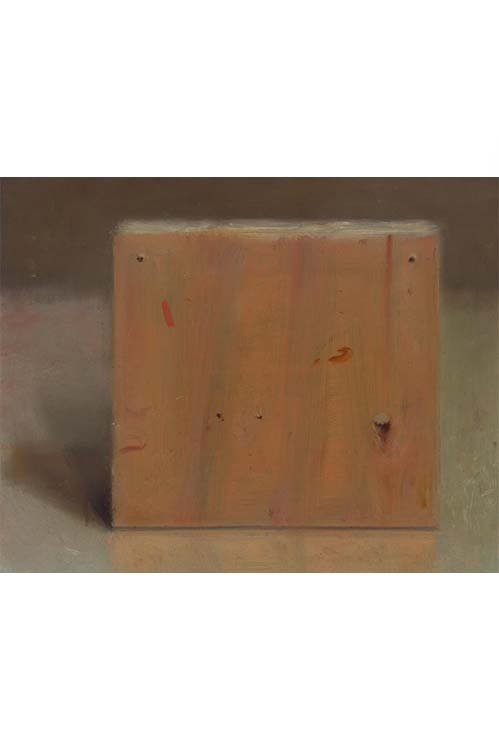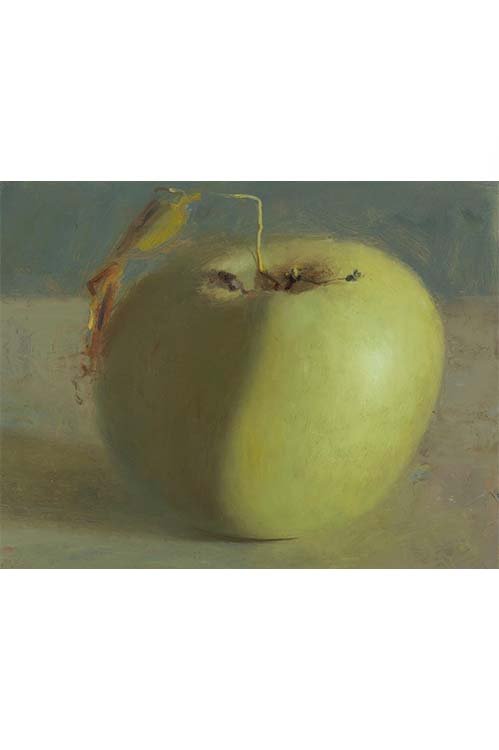 Image 1 of 9
Image 1 of 9

 Image 2 of 9
Image 2 of 9

 Image 3 of 9
Image 3 of 9

 Image 4 of 9
Image 4 of 9

 Image 5 of 9
Image 5 of 9

 Image 6 of 9
Image 6 of 9

 Image 7 of 9
Image 7 of 9

 Image 8 of 9
Image 8 of 9

 Image 9 of 9
Image 9 of 9










Constructing from Observable Models (Online Course) Fall 2025 w/ Amy Applegate
November 9 to December 7 (Sundays), 12:00 PM to 3:00 PM, Eastern Time
**All sessions are live and will be recorded, students do not have to be present. All recordings will be available to students for 3 months after the final session, after 3 months the recording will be deleted.
Please check your email spam/junk folder for your Zoom invite. Our business hours are 10:00 AM through 5:00 PM. All course information and email correspondence will be sent during business hours. If students purchase a course, workshop, demo or recording outside business hours or during the weekend the course information or recording will be sent the following business day.
DEMO: https://youtu.be/tkDE5P27-hM
Course Description
This 5 week course will focus on creating inventive oil paintings from observation. Students will investigate light and shadow, color, edge variation, space, and form through close observation of simple still life arrangements. Students will create reference models and be shown methods of shifting and manipulating their subjects.
Classes will consist of demos, lectures, and in-class working sessions. Students will be introduced to the work of other artists throughout the course of the class, including Fernando Botero, Giorgio Morandi, Chaïm Soutine, Gertrude Abercrombie, and Albert York.
Course Outline
Week 1 - Light, Shadow, Edge, and Temperature.
In this session, students will be introduced to concepts related to the anatomy of light and shadow. I will demonstrate how to set up your workstation and still life. This session will include a painting demo.
Assignment:
Create two limited palette tonal paintings from observation. One painting referencing a sphere and another referencing a simple light colored angular form.
Week 2 - Observed Color.
We’ll start class by taking a look at everyone’s work from the previous assignment. In this session, we’ll focus on the relative nature of color and the way context affects the appearance of things. Students will set up and paint from a simple self-constructed still life. This session will include a painting demo.
Assignment:
Create one or more paintings from observation that reference a simple color oriented still life arrangement.
Week 3 - Manipulating Color, Scale, and Space.
We’ll start class by reviewing everyone’s work from the previous assignment. In this session, we’ll focus on manipulating color and scale to increase the illusion of depth. Students will set up and paint simple self-constructed still lives made from colored sheets of paper. This session will include a painting demo.
Assignment:
Create one or more paintings from observation that manipulate color and scale to increase the illusion of depth.
Week 4 - Building Reference Sets.
We’ll start class by taking a look at everyone’s work from the previous assignment. Students will be shown ways of constructing reference sets for interiors or landscapes. We will also discuss planning and experimenting through compositional sketches and poster studies.
Assignment:
Build a reference set and create compositional sketches and poster studies.
Week 5 -
We’ll start class by reviewing everyone’s work from the previous assignment. Students will then use their reference set and studies to work on their final painting. During class time, students will have time to work and receive in-progress feedback.
Assignment:
Finish final painting
Course Materials List
Oil paints: I use Williamsburg or Gamblin, but any brand will work. You don’t have to have these exact colors, but aim for something approximate.
Titanium White
Ultramarine Blue
Cobalt Blue
Cadmium Yellow Light
Cadmium Red Light
Alizarin Crimson
Burnt Umber or Burnt Sienna
Azo Nickel Yellow or Green Gold or Indian Yellow
I recommend 3-5 long-handled oil brushes of different sizes and shapes, such as this Set of 4 Princeton Dakota Brushes. If you can swing it, I’d also recommend getting a 5/8
Rosemary Comber Brush. Whatever you have established for your practice is fine, just be sure that your brushes approximate an appropriate range for the scale of your painting surfaces.
You can work on stretched canvas, loose primed canvas, or panel. Loose canvas is the cheapest option and will allow you to modify proportions (this would be good for poster studies). I’ll usually be working between 8” x 10” and 16” x 20”, but you can work at whatever size makes sense to you.
If you plan to work on loose canvas, you’ll need 18” x 24” (ish) drawing board or piece of masonite
Tape
Scissors and or box cutter
Palette- can be disposable, wood, or glass. Make sure it’s large enough to accommodate a variety of pigments and to provide a reasonably large mixing area. If you use glass, you’ll also need a scraper
Easel
Palette knife
A few pieces of vine charcoal.
Sketchbook or loose paper for sketches
Pencil and eraser
shop towels or rags/old t-shirts
Linseed oil
Gamsol
Liquin or Drier (optional)
Medium cup/bottle/jar
Solvent cup/bottle/jar
Desk lamp or clip lamp with something to clip it to (warm and cool lights preferable)
Things for still life references:
White sphere (something like a 4” styrofoam sphere)
Scrap paper or construction paper in a variety of colors
Small cardboard boxes and scrap cardboard for creating reference sets
Grey plasticine clay (optional)
Scrap fabric
Any objects you want to reference
November 9 to December 7 (Sundays), 12:00 PM to 3:00 PM, Eastern Time
**All sessions are live and will be recorded, students do not have to be present. All recordings will be available to students for 3 months after the final session, after 3 months the recording will be deleted.
Please check your email spam/junk folder for your Zoom invite. Our business hours are 10:00 AM through 5:00 PM. All course information and email correspondence will be sent during business hours. If students purchase a course, workshop, demo or recording outside business hours or during the weekend the course information or recording will be sent the following business day.
DEMO: https://youtu.be/tkDE5P27-hM
Course Description
This 5 week course will focus on creating inventive oil paintings from observation. Students will investigate light and shadow, color, edge variation, space, and form through close observation of simple still life arrangements. Students will create reference models and be shown methods of shifting and manipulating their subjects.
Classes will consist of demos, lectures, and in-class working sessions. Students will be introduced to the work of other artists throughout the course of the class, including Fernando Botero, Giorgio Morandi, Chaïm Soutine, Gertrude Abercrombie, and Albert York.
Course Outline
Week 1 - Light, Shadow, Edge, and Temperature.
In this session, students will be introduced to concepts related to the anatomy of light and shadow. I will demonstrate how to set up your workstation and still life. This session will include a painting demo.
Assignment:
Create two limited palette tonal paintings from observation. One painting referencing a sphere and another referencing a simple light colored angular form.
Week 2 - Observed Color.
We’ll start class by taking a look at everyone’s work from the previous assignment. In this session, we’ll focus on the relative nature of color and the way context affects the appearance of things. Students will set up and paint from a simple self-constructed still life. This session will include a painting demo.
Assignment:
Create one or more paintings from observation that reference a simple color oriented still life arrangement.
Week 3 - Manipulating Color, Scale, and Space.
We’ll start class by reviewing everyone’s work from the previous assignment. In this session, we’ll focus on manipulating color and scale to increase the illusion of depth. Students will set up and paint simple self-constructed still lives made from colored sheets of paper. This session will include a painting demo.
Assignment:
Create one or more paintings from observation that manipulate color and scale to increase the illusion of depth.
Week 4 - Building Reference Sets.
We’ll start class by taking a look at everyone’s work from the previous assignment. Students will be shown ways of constructing reference sets for interiors or landscapes. We will also discuss planning and experimenting through compositional sketches and poster studies.
Assignment:
Build a reference set and create compositional sketches and poster studies.
Week 5 -
We’ll start class by reviewing everyone’s work from the previous assignment. Students will then use their reference set and studies to work on their final painting. During class time, students will have time to work and receive in-progress feedback.
Assignment:
Finish final painting
Course Materials List
Oil paints: I use Williamsburg or Gamblin, but any brand will work. You don’t have to have these exact colors, but aim for something approximate.
Titanium White
Ultramarine Blue
Cobalt Blue
Cadmium Yellow Light
Cadmium Red Light
Alizarin Crimson
Burnt Umber or Burnt Sienna
Azo Nickel Yellow or Green Gold or Indian Yellow
I recommend 3-5 long-handled oil brushes of different sizes and shapes, such as this Set of 4 Princeton Dakota Brushes. If you can swing it, I’d also recommend getting a 5/8
Rosemary Comber Brush. Whatever you have established for your practice is fine, just be sure that your brushes approximate an appropriate range for the scale of your painting surfaces.
You can work on stretched canvas, loose primed canvas, or panel. Loose canvas is the cheapest option and will allow you to modify proportions (this would be good for poster studies). I’ll usually be working between 8” x 10” and 16” x 20”, but you can work at whatever size makes sense to you.
If you plan to work on loose canvas, you’ll need 18” x 24” (ish) drawing board or piece of masonite
Tape
Scissors and or box cutter
Palette- can be disposable, wood, or glass. Make sure it’s large enough to accommodate a variety of pigments and to provide a reasonably large mixing area. If you use glass, you’ll also need a scraper
Easel
Palette knife
A few pieces of vine charcoal.
Sketchbook or loose paper for sketches
Pencil and eraser
shop towels or rags/old t-shirts
Linseed oil
Gamsol
Liquin or Drier (optional)
Medium cup/bottle/jar
Solvent cup/bottle/jar
Desk lamp or clip lamp with something to clip it to (warm and cool lights preferable)
Things for still life references:
White sphere (something like a 4” styrofoam sphere)
Scrap paper or construction paper in a variety of colors
Small cardboard boxes and scrap cardboard for creating reference sets
Grey plasticine clay (optional)
Scrap fabric
Any objects you want to reference
